FC-35 - Openness
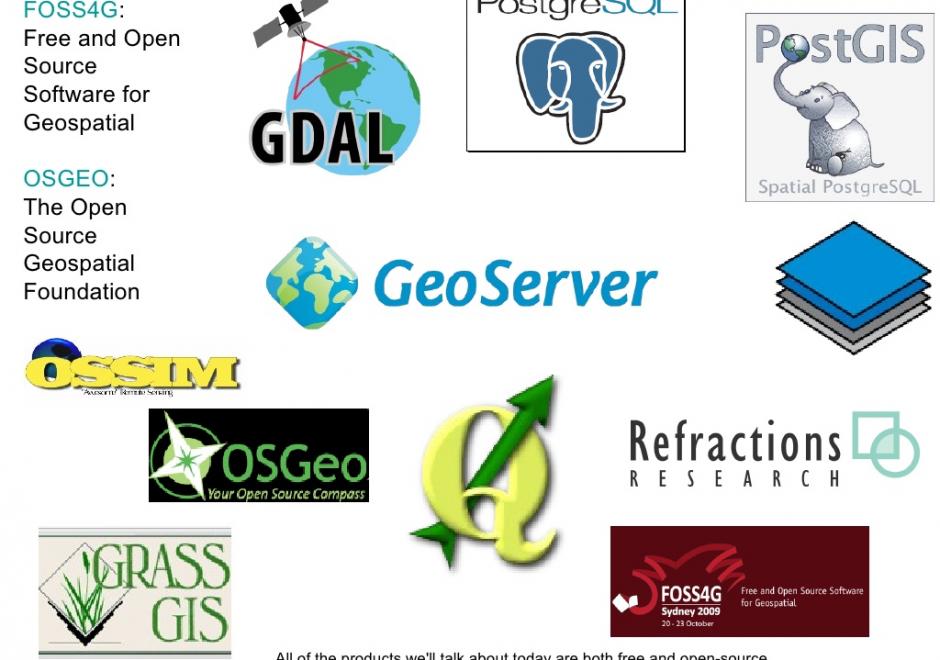
The philosophy of Openness and its use in diverse areas is attracting increasing attention from users, developers, businesses, governments, educators, and researchers around the world. The technological, socio-cultural, economic, legal, institutional, and philosophical issues related to its principles, applications, benefits, and barriers for its use are growing areas of research. The word “Open” is commonly used to denote adherence to the principles of Openness. Several fields are incorporating the use of Openness in their activities, some of them are of particular relevance to GIS&T (Geographic Information Science and Technology) such as: Open Data, Free and Open Source Software; and Open Standards for geospatial data, information, and technologies. This entry presents a definition of Openness, its importance in the area of GISc&T is introduced through a list of its benefits in the fields of Open Data, Open Source Software, and Open Standards. Then some of the barriers, myths, or inhibitors to Openness are presented using the case of Free and Open Source Software (FOSS) and FOSS for Geospatial Applications (FOSS4G).

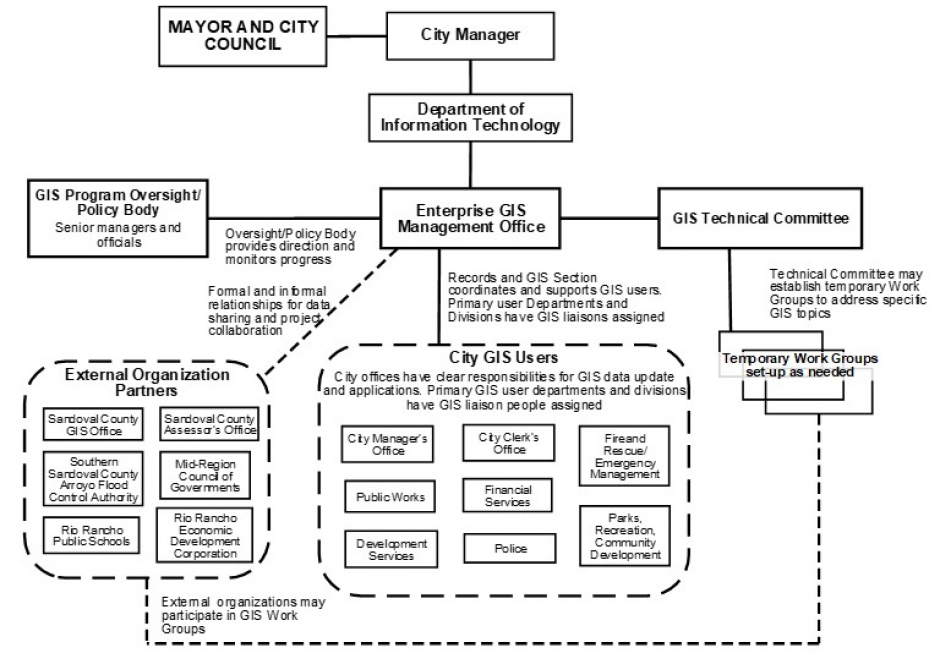
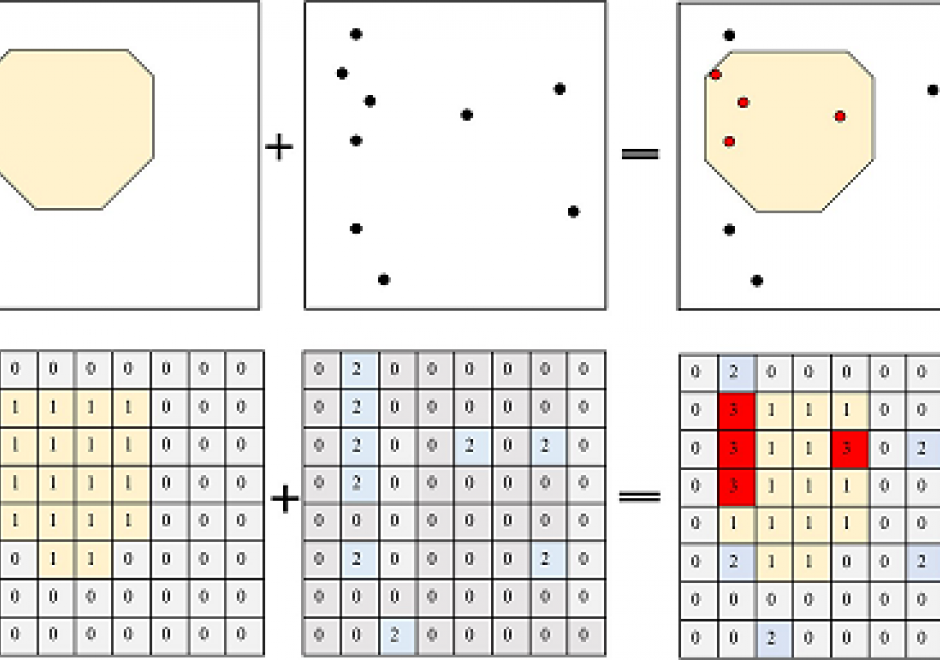
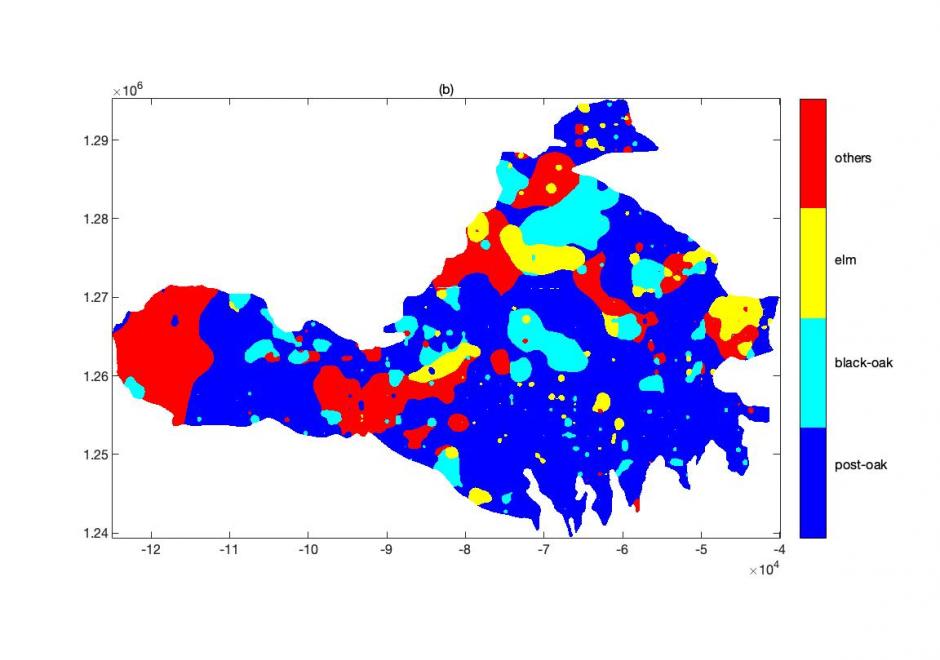



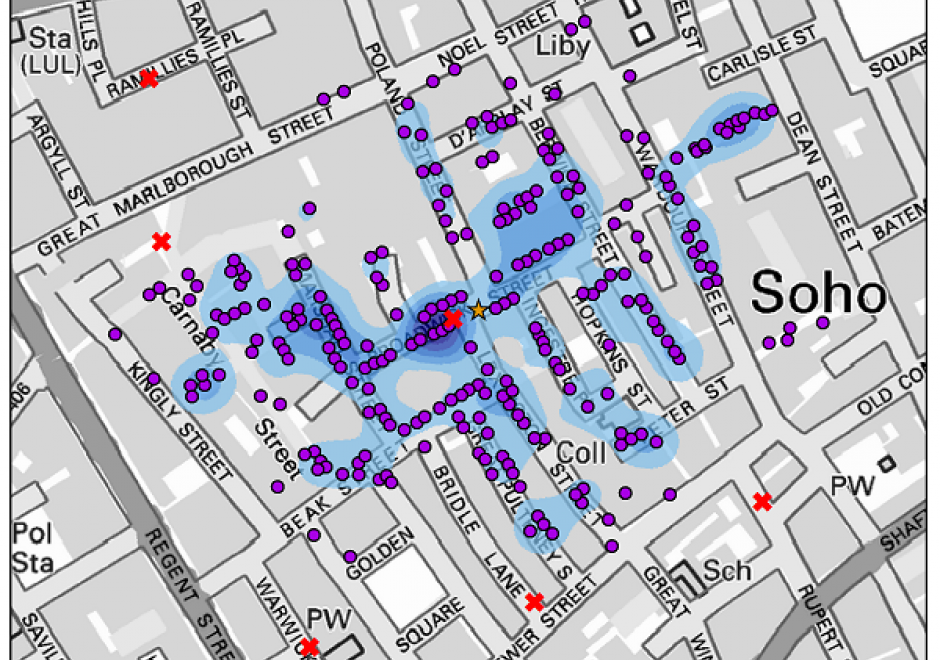
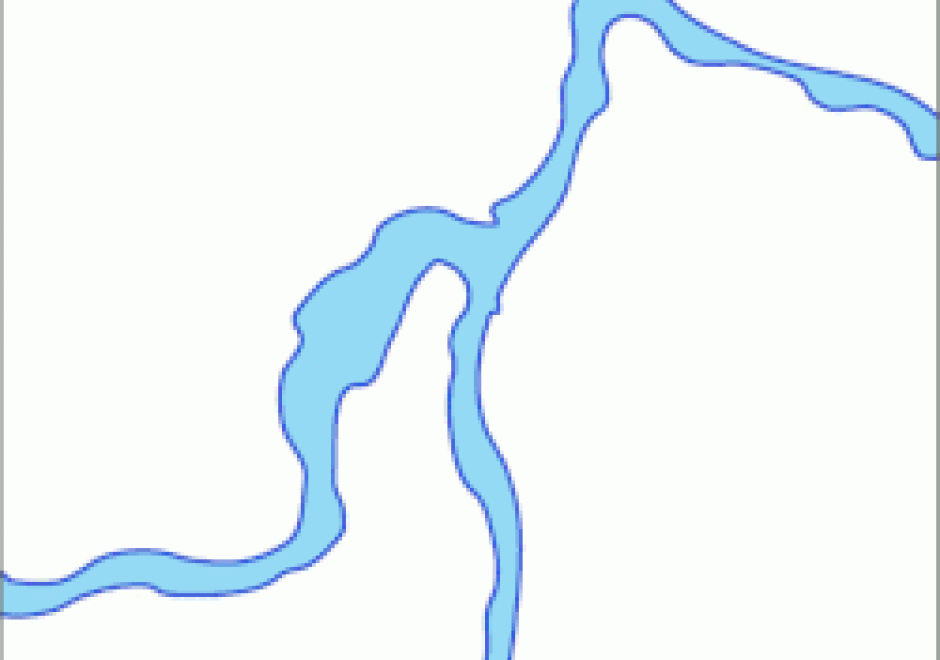
PD-37 - Open Source Software Development
Open source geospatial software is now ubiquitous – it is used and supported across industries, in government agencies, as well as research institutions and academia. This entry describes general principles of open source software development and provides an overview of the development platforms and tools. Specific focus is on the Open Source Geospatial Foundation’s software stack, its development principles, practices, and initiatives. Several additional major open source software systems with geospatial support are also briefly discussed with examples of open source applications developed by integrating multiple libraries and packages.